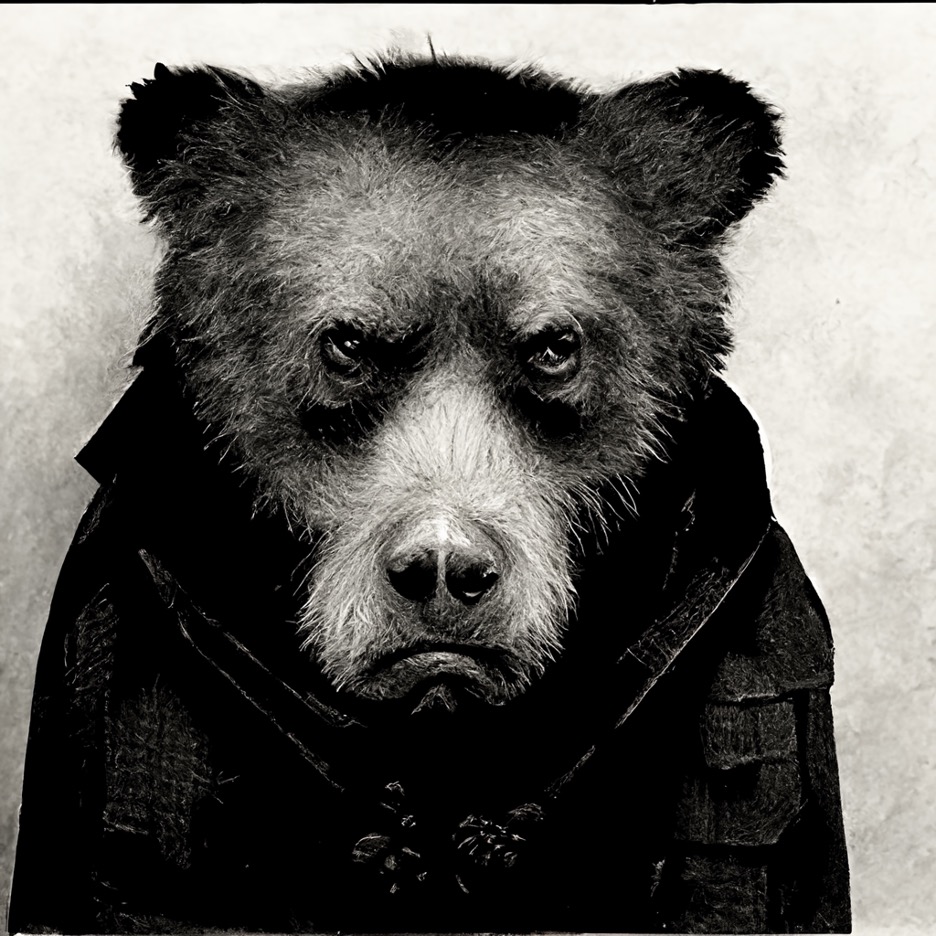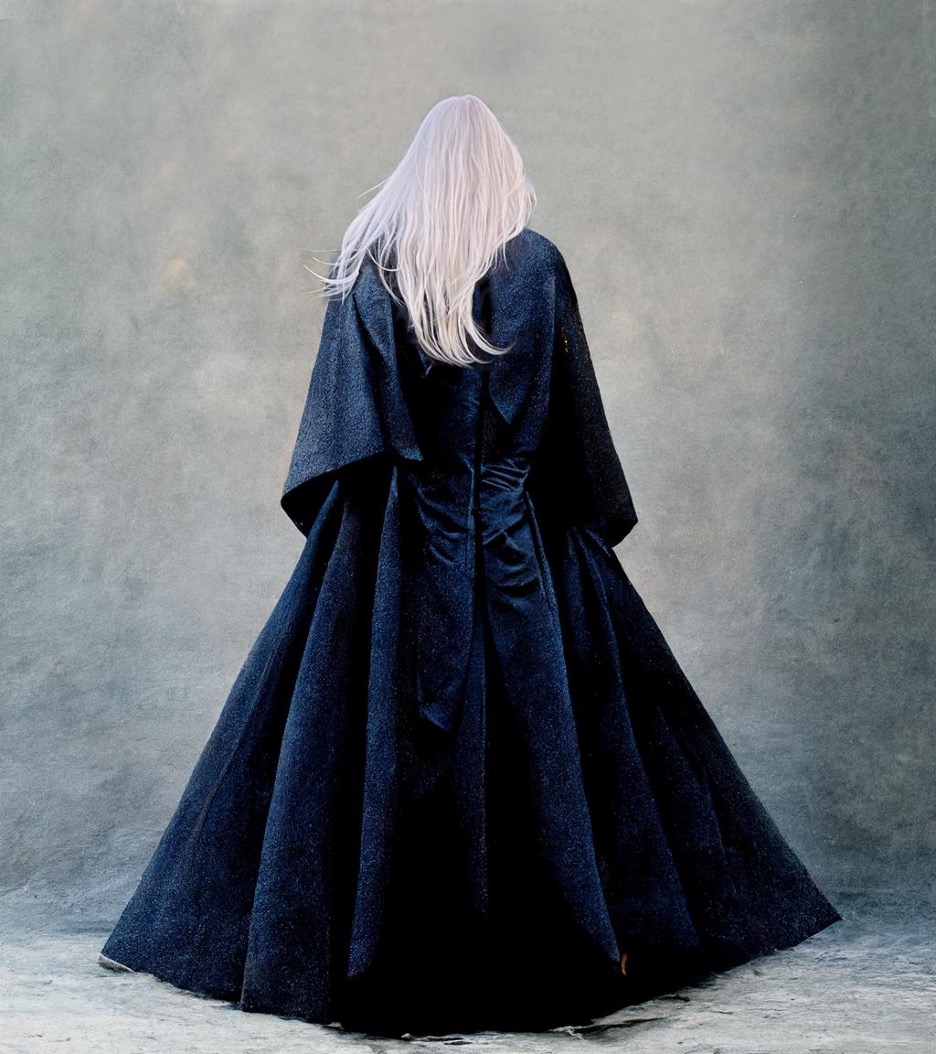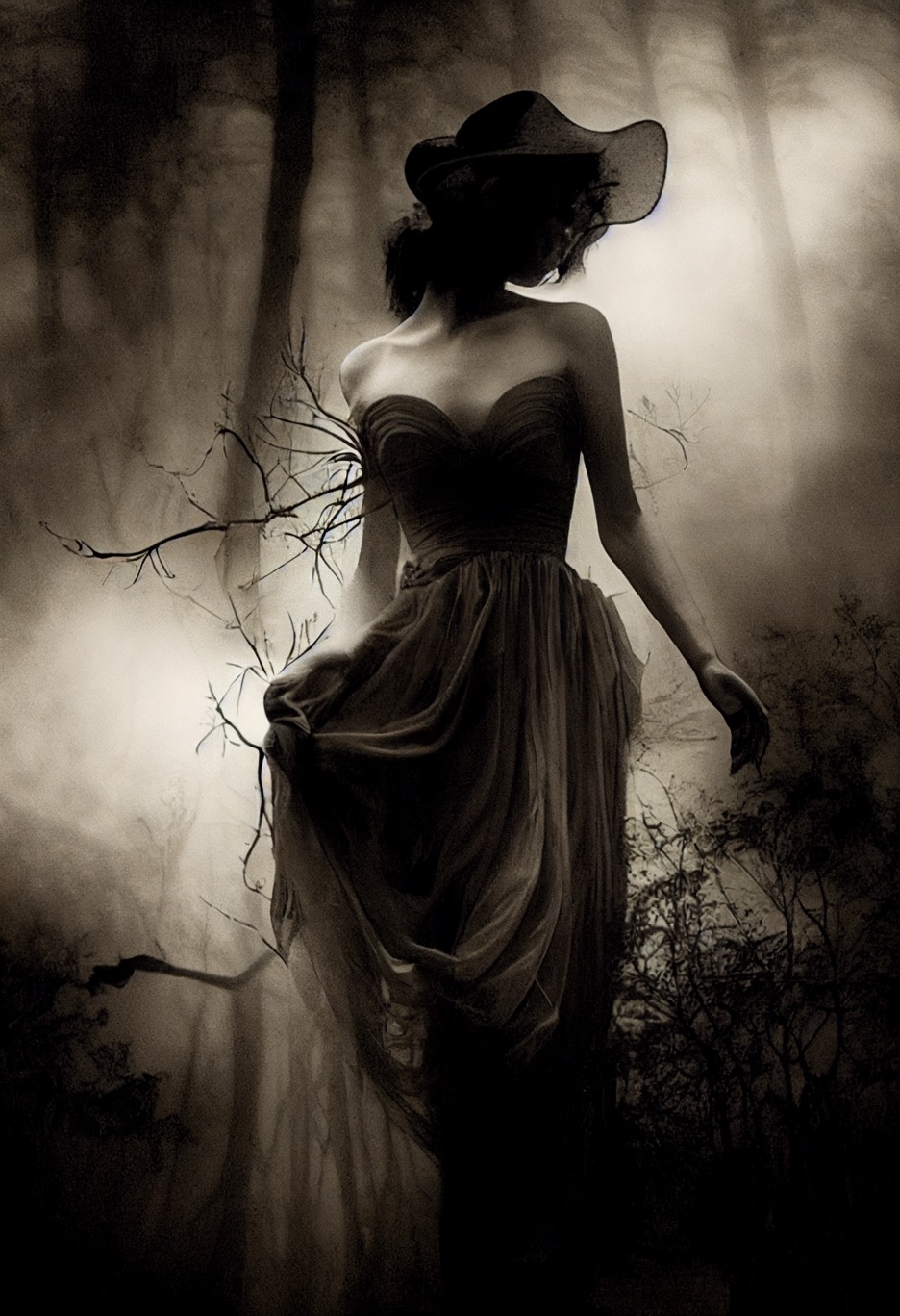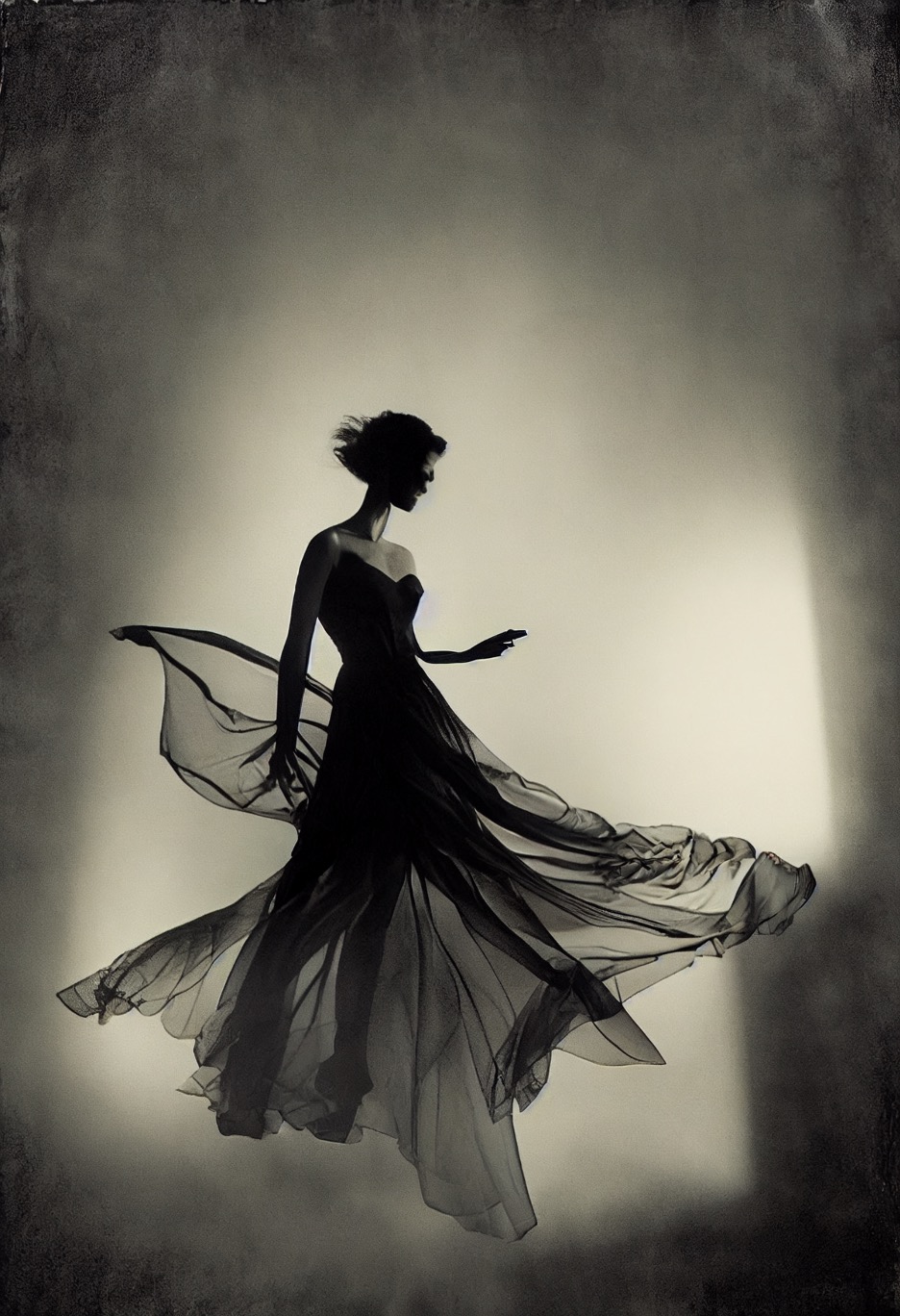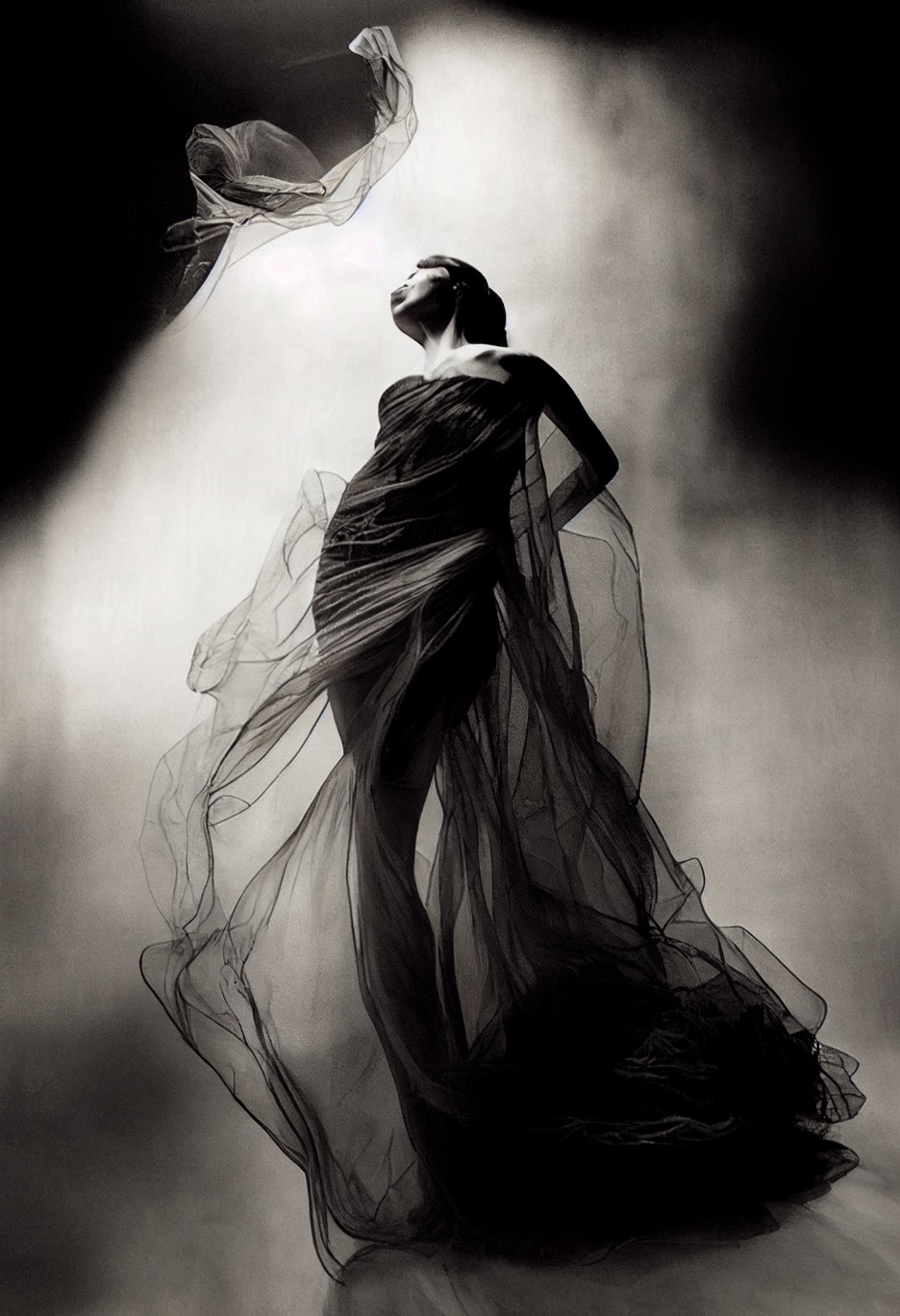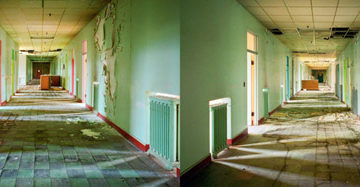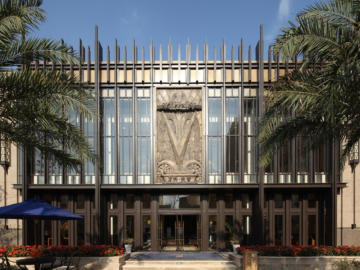By Ann Cutting
My introduction to AI-created imagery came through a fellow student from Seattle. After seeing his beautiful abstract illustrative work created with Midjourney, I signed up for the beta version. The rabbit hole I entered has me completely engrossed.
There are a few AI art-making bots out there, such as Dalle2 by Open Ai, Imagen by Google, and Stable Diffusion (an open-source version). Then, there is a 10-person research lab called Midjourney. They all have different styles, but if you’re using Midjourney, you enter a string of text prompts, and 40 seconds later you are presented with four images. You can choose to upscale and make variations to any or all the images, or you can also ask the bot to redo the set. The Midjourney bot interacts with the user thru Discord (a chat interface that gamers use), and users can pay for faster results or settle into the “relaxed” speed.
The quality of Midjourney images is low res (1664×2432 is the max so far), but the imagery itself is beautiful and stylized (painterly, moody, cinematic lighting, etc.). It seems that part of its learning has equipped it with knowing how to fool human perception; for example, faces look good, but upon closer inspection, they are misaligned or incomplete. At the same time, it is fairly good at composition. I find the AI’s quirky responses inspiring, curious, and odd, and I spend a lot of time experimenting with prompts that can range from one letter to 800 words. The letter “e” returned a beautiful abstracted letter “e” that could be an inspiration for a new font. The prompt “epic” returned four surreal sci-fi images that could become a book cover. Gibberish text usually leads to a futuristic lost city in the mountains, primarily made up of blues and oranges.

Midjourney’s community channel is a gallery of the greatest works and their respective prompts, as well as a great place for new users to get ideas and see what prompts were used. The majority of images produced are anime-inspired, fantasy, illustrative, and sci-fi. However, as more photographers start creating work with this AI, I think the final images could start to look similar. For instance, there is already a “Miss Journey” woman who reappears and an everyman with a long face that we see when the prompt includes vintage and historical photographers’ styles as part of the text string.

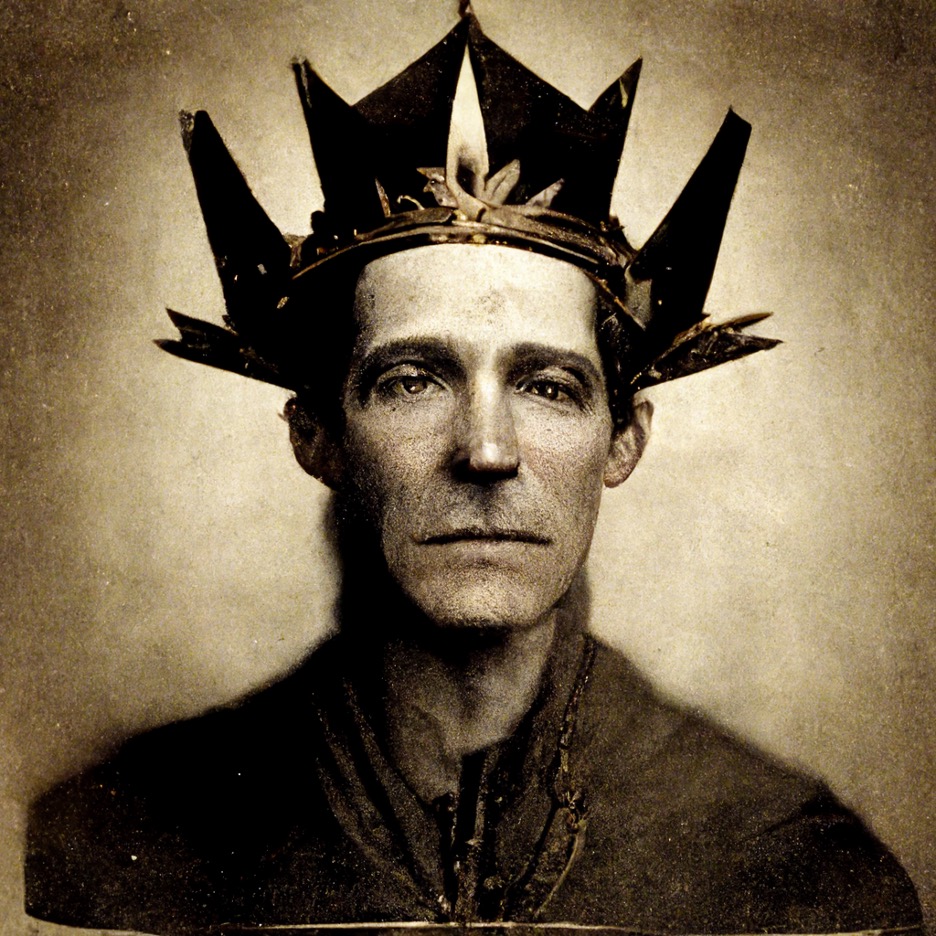

AI-created art is being sold as prints and NFTs, and is also being used to illustrate editorial pieces. None of this is without controversy. For example, Charlie Warzel, a writer from The Atlantic, created an image using Midjourney to illustrate his article since he didn’t have the budget for an illustrator. There was a tremendous backlash, and he wrote a subsequent article addressing the artist’s concerns. Another instance was when a Midjourney image recently won a photo contest in Colorado in the Digital Arts/Digitally-Manipulated Photography category. Both the winner and the judges felt it was fair since the artist was transparent about the use of AI and that current US law says you can’t copyright AI-generated art. I have inquired with other photo contests, and stock agencies if they would accept AI-created imagery; as of today, all have said no, not yet, or are TBD.
It is understandable that this new technology might seem a bit unsettling to a photographer or illustrator, who spent years working on their craft and style, that anyone can create an art piece with just a good combination of words and decent editing skills (ie, selecting which of the four variations to upscale or re-imagine). Yet, if one uses the bot as a tool, it opens up a new world. You own the assets you create with the Midjourney service, while content created grants Midjourney unlimited use and sublicensing. Midjourney has, on file, millions of images gathered from the internet and user data (ie which responses you upscale, etc.) that it uses to recreate a unique work, with no word generating the exact same image twice. As the Midjourney founder mentions in an interview with Verge:
“Every time you ask the AI to make a picture, it doesn’t really remember or know anything else it’s ever made. It has no will, it has no goals, it has no intention, no storytelling ability. All the ego and will and stories — that’s us.”
(I effectively used the bot to brainstorm ideas for an upcoming conceptual photo shoot and found much enjoyment in using Photoshop to design crazy fashion outfits and combine them with images from my photo archive.)
Many artists have wanted to reimagine their own style of work using Midjourney. That is not available yet unless your work is included in the training data. American technologist and bloggers Andy Baio and Simon Willison created a link to a dataset they made to search if any of your images were included in 12 million samples of the 2.3 billion images training data for another art-making AI bot, the Stable Diffusion generator. Many of the images were from Pinterest, shopping sites, stock agencies, Smug Mug, Flickr, Wiki Media, and more. Baio notes:
“…Of the top 25 artists in the dataset, only three are still living: Phil Koch, Erin Hanson, and Steve Henderson. The most frequent artist in the dataset? The Painter of Light™ himself, Thomas Kinkade, with 9,268 images.”
In the future, artists may create their own libraries as data sets and make them available to license. Stock agencies could license those curated data sets along with seed images, starting up a new market.
When Photoshop first came out, I was obsessed with it. It was wonderful finally leaving the studio for the night so the computer could finish a simple task. Midjourney has got me hooked in the same way. It includes experimentation, a quick response (like a Polaroid), and a surprise element that often leads to another new idea. I can stay within my style boundaries and hope for an interesting juxtaposition. In using Midjourney, I have prompted a series of still life, Holga-inspired images, a “Doppelganger’s as King” series, and some costume creation and experimental fashion images. Some have become catalysts for other images or part of a composite.
As an educator, AI art creation has major implications, being on the same tier as the introduction of digital cameras and the launch of software such as Photoshop and Illustrator. It took time to welcome these tools, and now it’s hard to imagine working without them. If creating work with AI enters the curriculum, graduates will have one more skill set to add to their resume: “prompt engineer.” For now, you might ponder if you view this as plagiarism, a new tool, a fad, or the future.
To see more experimentations visit my Instagram at @aecutting. If you are interested in learning more, click here. A great comparison of AI art generators can be found here.
